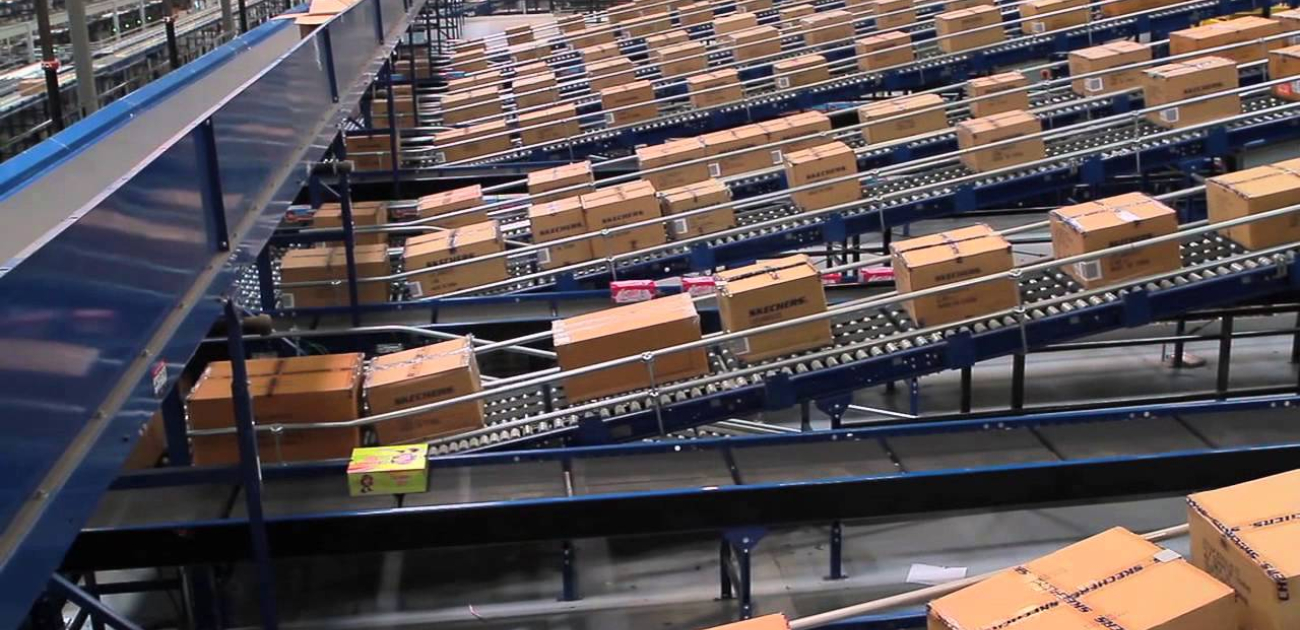The Cure For The Last Mile? Retooling Shopping Malls as E-commerce Distribution Centers
In addition to gigantic warehouses that e-commerce companies are constructing away from population centers where real estate is limited or too pricey, shopping malls and former shopping mall sites are well poised to be the newest e-commerce logistics and distribution hubs. With the deluge of vacant malls and vacant retail space in malls, landlords must get creative to fill their spaces and what better way to do that than to serve the industry that is generally acknowledged to be the reason for the demise of the mall?
While the demand for and cost of industrial space and shipping and logistic space increases, many analysts are also projecting that hundreds of malls will close in the near future. Shipping and logistics centers may be the new hot tenant or developer for vacant malls that can take advantage of these large vacant sites.
The location of shopping malls is particularly appealing to e-commerce retailers who are looking to satisfy their customers and get products to them quickly and efficiently. Shopping malls are generally located close to population centers. This means that e-commerce retailers who can warehouse and ship their products from these sites will be able to get their products to consumers quickly – one of the mass appeals of e-commerce. These former mall sites are located perfectly to serve as “last mile” distribution centers, which are not main shipping hubs, but are an important part of the shipping network required to immediately deliver goods to consumers.
Amazon, whose e-commerce business helped to empty mall spaces is now building a shipping center on the site of a former mall complex in Ohio which was the largest shopping center in the world when it was built in the 1970’s. Similarly, FedEx is planning to open a distribution center on the site of a former mall in Mesquite, Texas.
In order for an entire mall site to be used as a logistics hub, such as with Amazon or FedEx, often the site will need to be re-zoned. However, it is possible to transform mall space into a logistics hub on a smaller scale without re-zoning.
Existing retailers may also choose to use less of their retail space for shopping and instead use a larger portion for warehousing and distribution of their products to the extent permitted by their leases and zoning and land use restrictions.
Just like video killed the radio star, it’s fair to say that e-commerce has taken the life out of many traditional enclosed retail malls. But by retooling these vacant malls as e-commerce distribution centers, the very thing that destroyed these malls can breathe new life back into them, and at the same time, provide the solution for badly needed last mile distribution centers that have been difficult to find to date.
Do you want more information?
 Cristina L. Addy
Cristina L. AddyCristina L. Addy is an Associate in the firm's Real Estate group. Her practice focuses on representing investors, developers, and lenders in connection with the acquisition, disposition, and financing of office, multifamily and retail properties.
